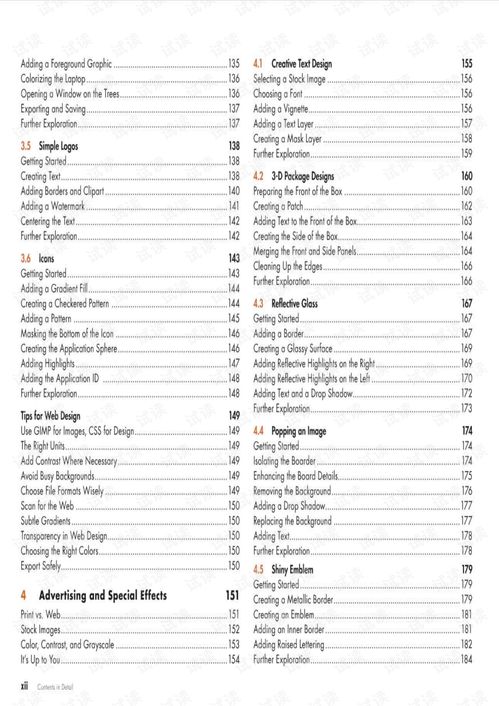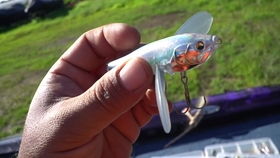Introduction:
Fishing is an enjoyable pastime that requires patience, skill, and a bit of know-how. One of the fundamental skills every angler must master is how to effectively wind their fishing line onto the reel. Properly managing your line not only ensures a smoother fishing experience but also helps prevent tangles and line breakage. In this article, we will delve into the essential techniques and tips on how to master the art of reeling in your fishing line.
Understanding Your Fishing Rod and Reel:
Before we dive into the技巧, it's crucial to familiarize yourself with the components of your fishing rod and reel. Most fishing rods come with a built-in reel, which is designed to hold the fishing line. The reel has a spool where the line is wound, and a handle that allows you to turn the reel and control the line.
Step-by-Step Guide to Winding Your Line:
Select the Right Line: Begin by choosing the appropriate fishing line for your rod and the type of fishing you'll be doing. Monofilament, fluorocarbon, and braided lines each have their advantages and disadvantages. Ensure that the line you choose is compatible with your rod and reel.

Thread the Line Through the Guides: Thread the line through the guides on your rod, starting from the tip and working your way down. This helps reduce friction and ensures a smooth line path.
Attach the Line to the Reel: Attach the line to the reel by threading it through the line guide on the reel and then securing it with a knot. The most common knots for attaching line to a reel are the Palomar Knot and the Uni Knot.
Load the Reel: Once the line is attached, begin winding it onto the reel's spool. Make sure to wind the line evenly and avoid overlapping it. It's essential to keep the line tight but not too tight, as this can cause tangles.
Keep the Line Straight: As you wind the line, keep it as straight as possible. This helps prevent tangles and ensures that the line is wound correctly onto the spool.
Monitor the Line Spool: Pay attention to the line as it winds onto the spool. The line should be tight but not so tight that it starts to wrap around itself. Adjust the tension as needed to maintain an even wind.
Use the Reel's Drag: Many reels come with a drag system that allows you to adjust the tension on the line. This is particularly useful when fighting a fish. Learn how to use the drag effectively to prevent line breakage and to control the fight.
Secure the Line: Once the reel is fully loaded with line, secure it by locking the reel's bail. This prevents the line from unwinding when not in use.
Advanced Tips for Efficient Line Winding:
Practice Makes Perfect: Like any skill, winding your line properly takes practice. Spend time practicing different techniques and knots to become more proficient.
Use a Line Winder: If you're winding a large amount of line or need to ensure an even wind, consider using a line winder. This tool can help you wind the line more quickly and evenly.
Regular Maintenance: Keep your fishing rod and reel in good condition by regularly cleaning and oiling the components. This will help prevent friction and ensure smooth operation.
Check the Line: Before heading out on your fishing trip, inspect your line for any signs of wear or damage. Replace it if necessary to avoid potential line breakage.
Conclusion:
Mastering the art of winding your fishing line is an essential skill for any angler. By following these step-by-step techniques and advanced tips, you'll be able to manage your line more effectively, reducing the risk of tangles and line breakage. With practice and patience, you'll be able to enjoy a more successful and enjoyable fishing experience. Happy fishing!












